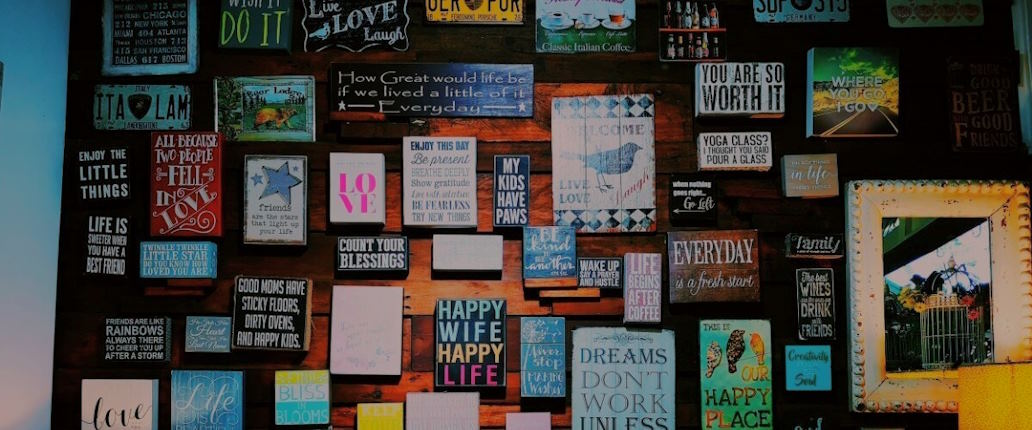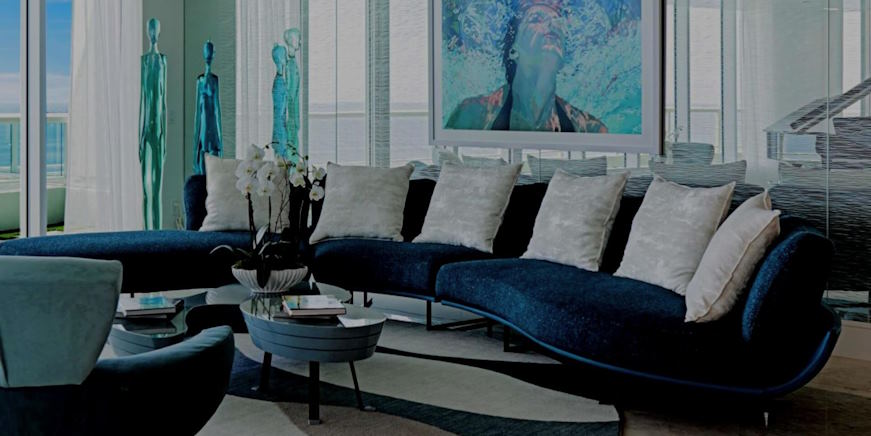Designing a space, whether your home, office or any other environment, is an exciting journey. However, before you dive into the world of color palettes, furniture, and decor, it’s crucial to set the stage properly. It means defining your goals and style preferences, collecting inspiration, and considering your lifestyle and unique needs.
Defining Your Goals and Style Preferences
Before embarking on any design project, it’s essential to define your goals and style preferences. What do you want to achieve with this space? Are you aiming for a cozy, intimate atmosphere, or do you prefer a more minimalist and modern look? Understanding your objectives will serve as a guiding light throughout the design process.
Your style preferences are equally vital. Styles can range from classic and traditional to contemporary and industrial. Identifying your preferred style will help you select appropriate materials, colors, and furnishings, ensuring a cohesive and visually pleasing result.

Creating a Vision Board and Collecting Inspiration
Creating a vision board or collecting inspiration is like building a visual roadmap for your project. It allows you to gather ideas, colors, textures, and designs that resonate with your vision. Magazines, Pinterest boards, and even visiting design showrooms can be excellent sources of inspiration. As you gather these elements, patterns will emerge, helping you refine your design preferences and make more informed choices.
A vision board also provides a concrete reference point for discussions with designers, contractors, or anyone involved in your project. It ensures everyone is on the same page and working towards a shared goal.
Considering Your Lifestyle and Unique Needs
Every space should reflect the people who inhabit it. Your lifestyle and unique needs should be integral to your design process. For instance, if you have a family with young children, your design choices should prioritize safety, durability, and functionality. On the other hand, if you work from home, your space should promote productivity and creativity.
Consider the daily activities that will take place in your space and tailor the design to support those activities. This personalization ensures that your environment isn’t just visually appealing but also functional and comfortable.


